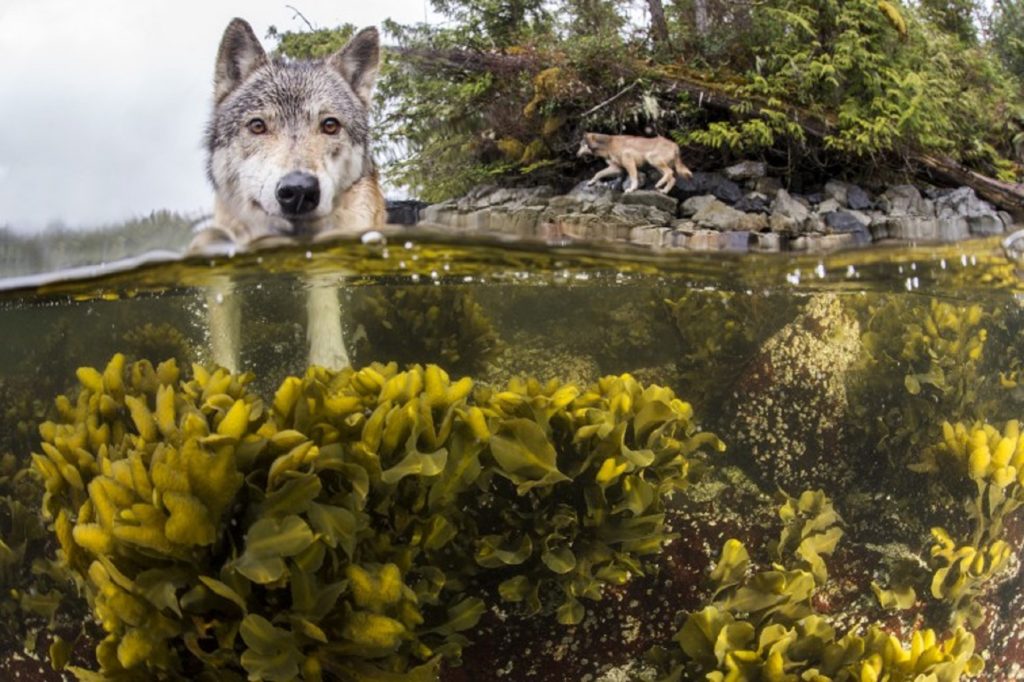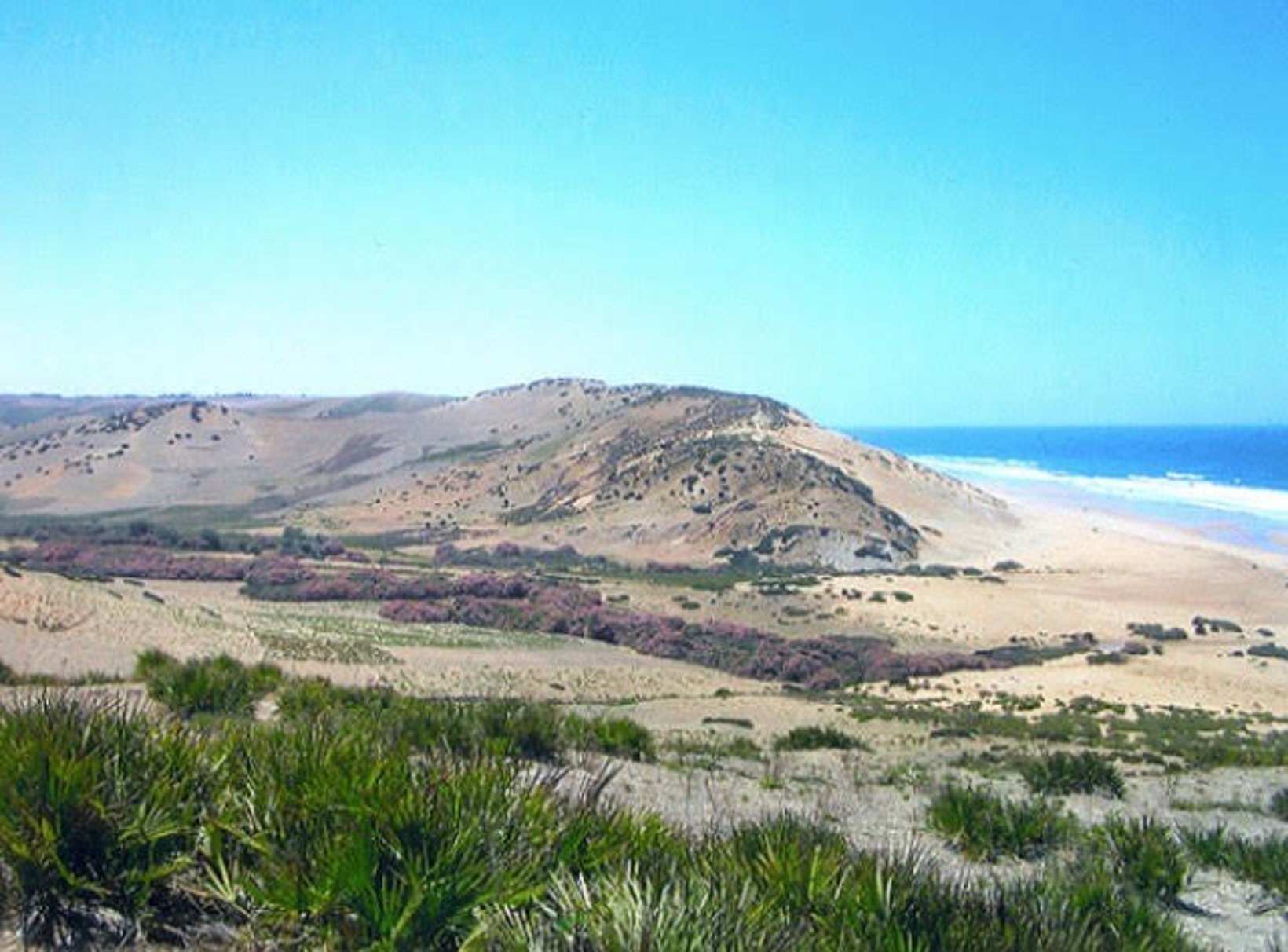
The Magic of Coastal Plants by W1tchsbrew
Be sure to check her Etsy shop Wood ov Wyrd
Coastal Plant Life
There are many well-known plants throughout the world that have been documented for their esthetic, medicinal uses and spiritual properties. From trees and grasses to soils, stones and flowers; the nature of this planet we inhabit has always been, not only beautiful, but extremely useful.
One of the lesser explored subjects regarding vegetation, is that of coastal plant life.
Naturally occurring coastal plants have adapted to their harsh environment by developing strategies such as fleshy, tough leaves to conserve moisture and withstand salty wind.
Although the species variety of coastal plant life is vast, there are a few that stand out, not only for their medicinal uses, but their spiritual impact as well.
Sea Thrift
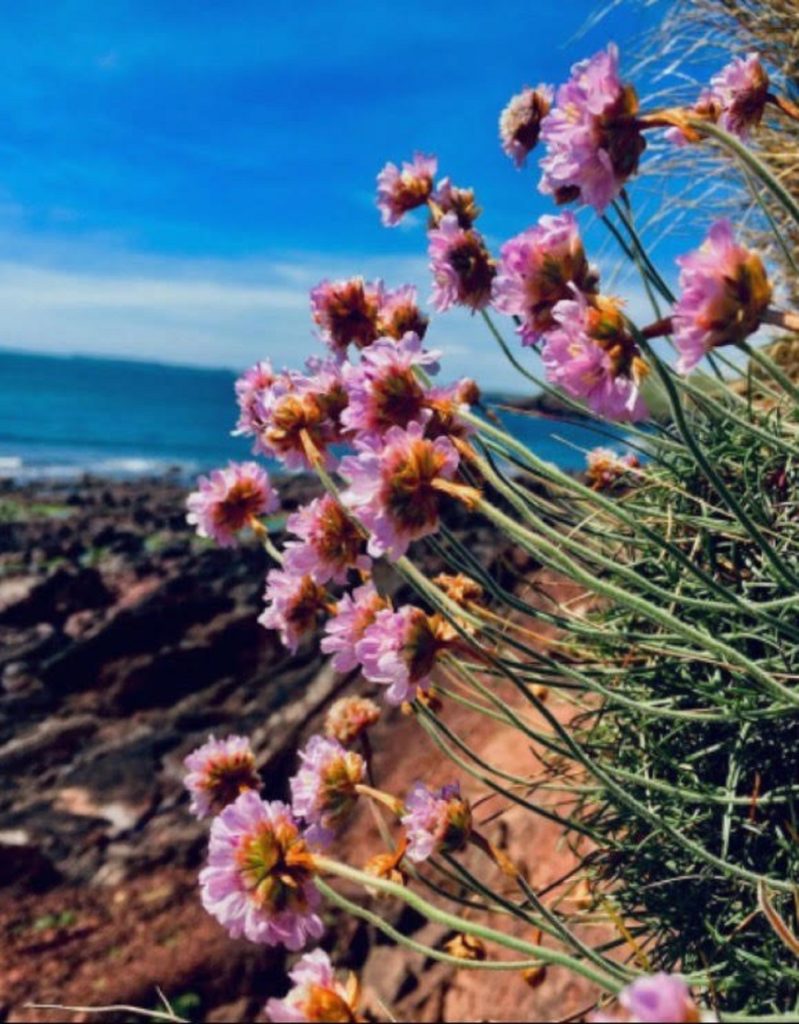
What is it?
Sea Thrift or “Armeria Maritima” is one of the many plants that might be found in coastal salt marshes, pastures and maritime cliffs.
This colorful flower can be found near coasts all over the world and thrives in dry, sandy turf as well as somewhat acidic soils. Sea Thrift tolerates and processes salt but doesn’t necessarily need saline soils as habitat. Occasionally, it can also be found in dry woods or in gaunt meadows. In comparison to its tolerance of drought and maritime exposure, Sea Thrift does not do well in shade and prefers a more direct subjection to sunlight. This plant blooms mainly in the late spring and early summer seasons and is pollinated by a variety of insects including bees, flies, beetles and Lepidoptera (Moths & Butterflies).
Medicinal Uses:
This dried flowering plant can be made into an antibiotic and has been used in the treatment of obesity, some nervous disorders and urinary infections. However, it cannot be used externally due to causing dermatitis or local irritation.
Metephysical Uses:
Sea Thrift is an excellent plant to aid in staying well-grounded and maintaining a core equilibrium or inner harmony – no matter how erratic the environment.
This flower is also believed to help free the circulation of mental, physical and spiritual energy for a more balanced state of being. Just hanging around these plants will impart this.
Sea Kale
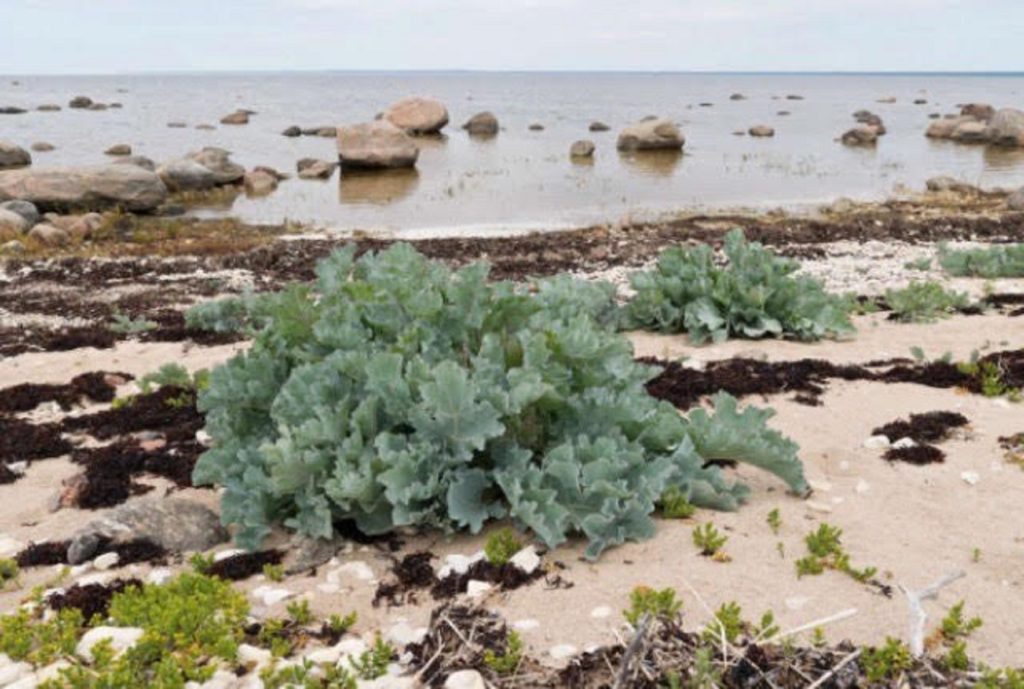
What is it?
Sea Kale, also known as “Crambe Maritima”, grows wild along the coasts of Europe, stretching from the Atlantic Ocean to the Black Sea. As a relative of cabbage, Sea Kale was first cultivated as a vegetable in Britain around the turn of the 18th century. The blanched stems are eaten and became more popular in the mid-19th century. Known by a variety of names, including sea-colewort and scurvy-grass, this plant was often pickled for long sea voyages to prevent scurvy.
Sea Kale can be grown even in completely landlocked regions so long as it falls within a cool, moist climate.
Medicinal Uses:
Sea kale is an excellent source of vitamin C and also contains some calcium, vitamin B6, magnesium, and manganese.
It even contains anti-cancer properties as well as antiviral, anti-fungal, antiseptic and purifying properties. Historically, Sea Kale leaves were used in healing wounds, the seed juice for gastritis and the fruits for removing worms.
It also boosts the immune system, improves metabolism and can help with weight gain.
Metaphysical Uses:
Sea Kale is mainly used in spiritual practices for its ability to bring about prosperity and abundance. Whether attracting wealth, promoting growth or cultivating healing energies, Sea Kale is the perfect go to.
Seaweed
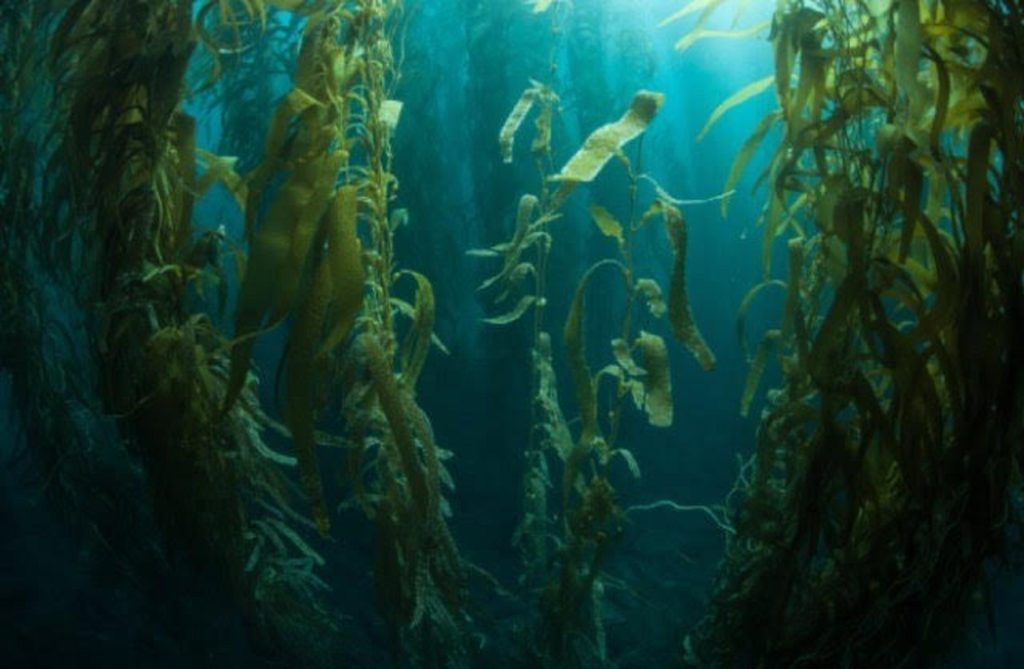
What is it?
Seaweed has a history of thriving in oceans, lakes and rivers and is part of the algae family or “singular alga”. There are over 10,000 species of seaweed, but they are all categorized into three main types (brown, green and red).
For more about this coastal plant be sure to check out my other post All About Seaweed.
Medicinal Uses:
The health benefits of seaweed have been utilized for hundreds of years. It has been used for dietary purposes such as metabolism or promoting good gut bacteria and has been included in skin care treatment for some diseases including rheumatism.
Metaphysical Uses:
Seaweed is believed to be very useful for its banishing powers and is commonly used as a sort of “negative energy repellent”. It is also thought to aid in recovering from trauma, reducing stress, balancing emotion, attracting prosperity and cleansing one’s aura. Are you a Sea Witch? This is the plant for you.
Common Gorse
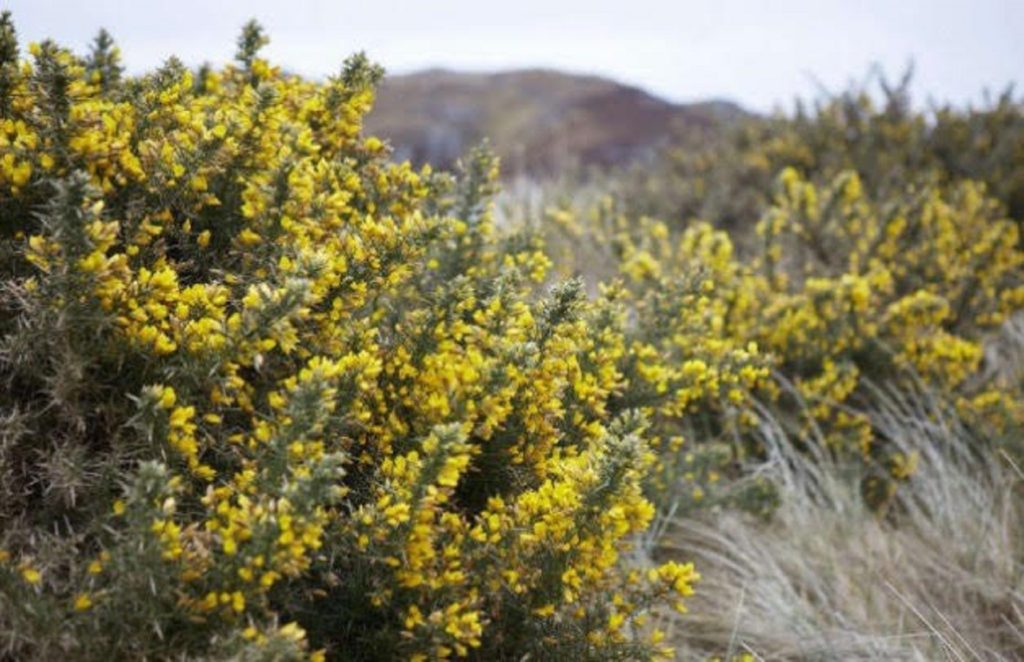
What is it?
Common Gorse, scientifically known as “Ulex europaeus”, is a large, evergreen shrub, covered in needle-like leaves and distinctive, coconut-perfumed, yellow flowers. This plant can be seen along the coast growing in grasslands, wetlands, near beaches and in neighboring towns. It generally flowers from January to June, although it may flower sporadically throughout the year. It provides shelter and food for many insects and birds, such as Dartford warblers, stonechats and yellowhammers. Traditionally, Common Gorse was regularly collected from common-land for a number of purposes including fuel for firing bread ovens, fodder for livestock and was even bound to make floor and chimney brushes.
Medicinal Uses:
In Irish folk medicine, Common Gorse was widely used to treat coughs, colds, sore throats, tuberculosis, asthma, heartburn, hiccups, jaundice, heart problems, dermatitis, ringworm, swellings, and as a general tonic.
This plant can even be strained as a tea, made into an essential oil, or used in skin care. In cosmetics, organic gorse extract helps to address the signs of ageing due to its skin firming and tightening effect.
Metaphysical Uses:
Traditionally, Common Gorse was sometimes used as a boundary between fields. It is often used in spirituality, not only for setting boundaries, but as protection and an aid in restoration as well. Manifesting prosperity and gathering strength are also very common uses for this plant in spiritual workings. Common Gorse can be used in money spells and is believed to attract good fortune.
Seagrass
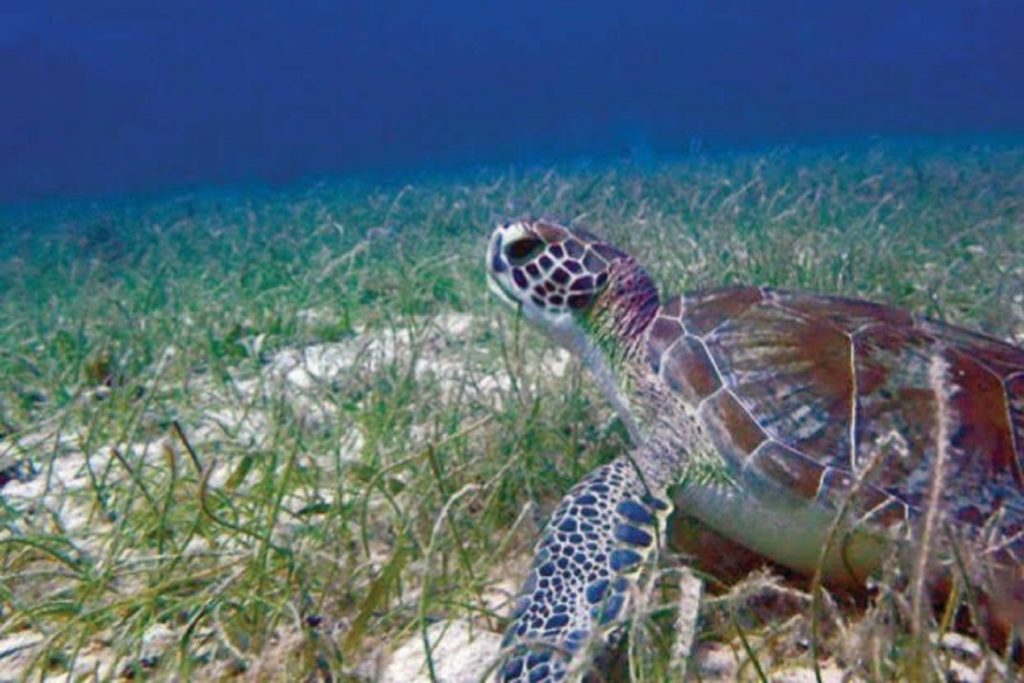
What is it?
Seagrasses are the only flowering plants which grow in marine environments. Most species of seagrass are perennials (being recurrent and having a life span of two years or more) and are visible throughout the year.
Seagrasses grow in salty and brackish waters (semi salty) around the world, typically along gently sloping, protected coastlines. Because they depend on light for photosynthesis, they are most commonly found in shallow depths where light levels are high. In some places, seagrasses are made into useful objects such as rugs and even roofing. These marine plants are very important nurseries for sea life of all sorts.
Medicinal Uses:
Seagrass meadows can reduce disease causing bacterial pathogens by >50%, to the benefit of humans and adjacent coral reefs alike.
In folk medicine, seagrasses have been used for a variety of remedial purposes such as the treatment of fever and skin diseases, muscle pains, wounds, stomach problems, and as a remedy against the stings of different kinds of rays.
Metaphysical Uses:
If you have the patience, you can dry out and ‘weave’ a ball of seagrass and hang it up in your home to provide protection. But, aside from the home and hearth, seagrass can be utilized in all sorts of protection spells, knot magic, and as a tool for attracting abundance. Do you think the sailors of history may have perhaps used seagrass in knot magic as a way to work with their ocean deities? So do I.
Sea Oats

What are they?
Sea Oats, also known as “Uniola paniculata”, is considered an important plant in terms of its integral role in sand dune formation and stabilization. So much so that it has been given special protected status by the state of Florida where is illegal to destroy or remove without a permit. Sea Oats is a perennial grass and is long lived, slow growing, and is commonly associated with the upper dunes along beach fronts. It produces a large seed head, or panicle, during summer months. Sea Oats are very drought tolerant and produce a massive root system. It withstands salt water spray and thrives in areas with blowing sand, which promotes the plant’s growth and helps it spread.
Medicinal Uses:
In the past, Sea Oats have been cooked and eaten as a cereal. Although it isn’t traditionally known for medicinal purposes, the dried stocks of these plants were sometimes used for wound care, as a method to help dry out the wound.
Metaphysical Uses:
Sea Oats are believed to be quite useful in spirituality when manifesting protection or abundance. The seeds can be used as an offering when working with Oceanic deities and are seen as an excellent “exchange gift” when asking for guidance, protection or blessings of any kind. Sea Oats can also be used to aid in grounding, growth, and endurance. Now that’s a breakfast of champions.
Seaside Daisy
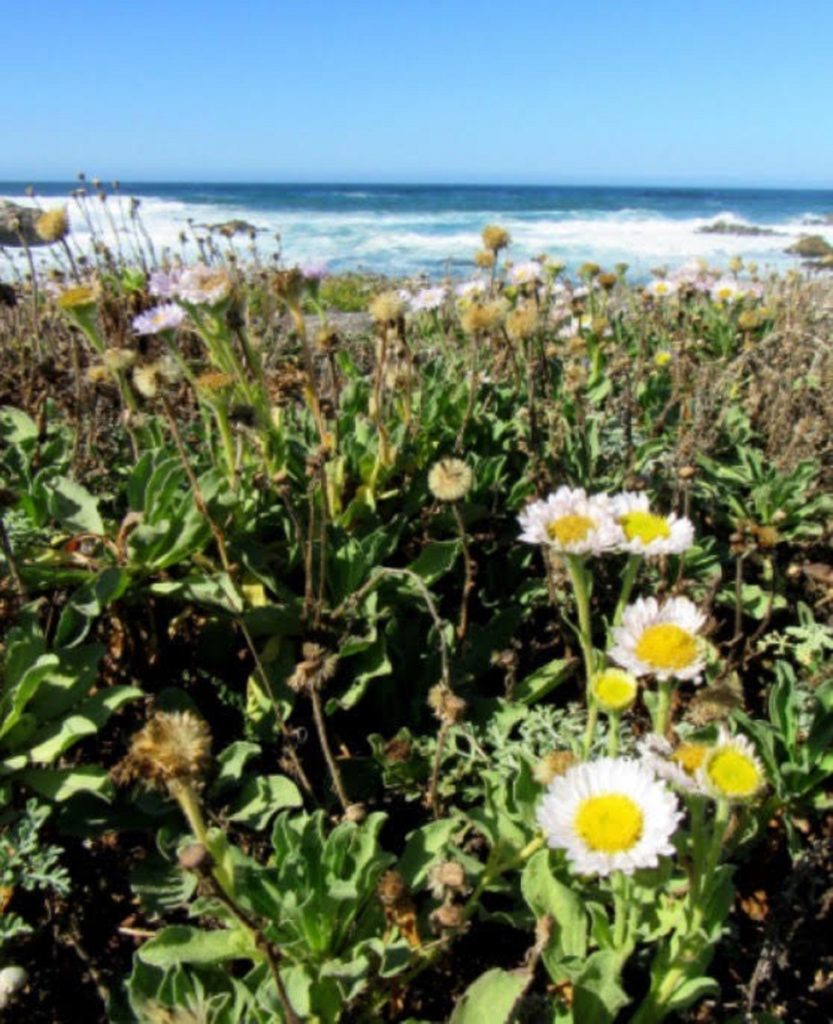
What is it?
Seaside Daisy, scientifically “Erigeron glaucus”, is a wildflower native to the coastline of Oregon and California where it grows on beaches, coastal bluffs and sand dunes. Its flowering seasons are Winter, Spring and Summer. This flower supports several insect species including butterflies, moths, bees and caterpillars. Seaside Daisies prefer full sun exposure but will tolerate a small amount of shade. It is also extremely resilient in the cold, withstanding temperatures from 15F*. Seaside Daisies can tolerate frost, wind, salt soils and heat, making it an all-around tough little flower.
Erigeron is Greek for “an old man in the spring,” referring to the Seaside Daisy’s early flowering and fluffy white seed heads.
Medicinal Uses:
Seaside Daisy can be made into tea for coughs, bronchitis, disorders of the liver and kidneys, and swelling or inflammation. It can also be used as a drying agent (astringent) and as a “blood purifier.” Some people take homeopathic wild daisy for preventing problems during childbirth, pain and soreness, and minor bleeding.
Metaphysical Uses:
Seaside Daisy flowers hold deep symbolic and spiritual significance. The ancient Greeks believed that the Daisy flower was a symbol of purity, and used it in wreaths to crown their athletic heroes. In medieval times, it was connected with innocence, victory, purity, and was frequently used in art and literature. Seaside Daisies can be associated with loyalty, new beginnings, purity, love, and are believed to encourage positive energy and good fortune. This plant can also be used in healing rituals or protection spells. Having been spiritually and symbolically utilized for hundreds of years, the Seaside Daisy is one of the most special plants you’ll find near the coast.
In Pacific Northwest Medicinal Plants, Scott Kloos is your trusted guide to finding, identifying, harvesting, and using 120 of the region’s most powerful wild plants. You’ll learn how to safely and ethically forage, and how to use wild plants in herbal medicines including teas, tinctures, and salves. Plant profiles include clear, color photographs, identification tips, medicinal uses and herbal preparations, and harvesting suggestions. Lists of what to forage for each season makes the guide useful year-round. Thorough, comprehensive, and safe, this is a must-have for foragers, naturalists, and herbalists in Oregon, Washington, Alaska, and northern California.


